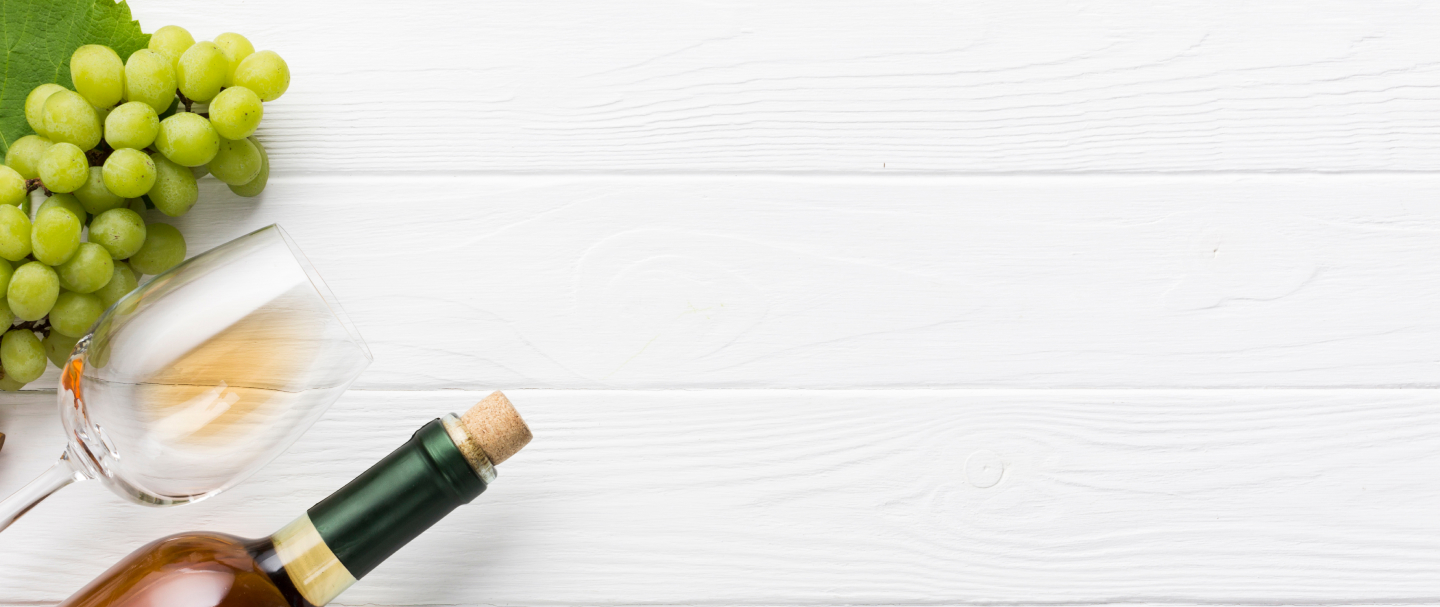Blaufrankisch Grenache Lacrima Austria Burgenland Sudburgenland Wine
The purple skinned grapes of the Grenache varietal have quickly become one of the most widely planted red wine grapes in the world, flourishing in several countries which have the correct conditions in which they can grow to ripeness. They thrive anywhere with a dry, hot climate, such as that found in central Spain and other such arid areas, and produce delightfully light bodied wines full of spicy flavors and notes of dark berries. Their robustness and relative vigor has led them being a favorite grape varietal for wineries all over the world, and whilst it isn't uncommon to see bottles made from this varietal alone, they are also regularly used as a blending grape due to their high sugar content and ability to produce wines containing a relatively high level of alcohol.
Archaeological evidence suggests that grapevines have been grown and cultivated in what is today modern Austria for over four thousand years, making it one of the oldest wine producing countries in the world. Over the centuries, relatively little has changed in Austrian wine, with the dominant grape varietals continuing to be Grüner Veltliner, Zweigelt, Pinot Noir and others. Austria is renowned for producing excellent and characterful dry white wines, although in the eastern part of the country, many wineries specialist in sweeter white wines made in a similar style to those of neighboring Hungary. Today, Austria has over fifty thousand hectares under vine, split over four key wine regions. The domestic wine industry remains strong, with Austrians drinking their local produce outside in the summer, and people around the world are beginning to once more rediscover this fascinating and ancient wine culture.
Austria is a fascinating and ancient wine producing country, which once was heralded by the royal families and aristocracy of Europe as one of the finest and most important centers of viticulture in the world. Indeed, the wines of this central European country are home to many of the most surprising and seductive wines available today, and the eastern region of Burgenland is perhaps one of the finest regions Austria has. Whilst most of Austria is renowned for its off-dry and flavorful white wines, Burgenland is home to the country's red wine producers, with vineyards there being full of Pinot Noir, Zwiegelt and Blaufrankisch grapes, resulting in a wide palate of delicious and juicy reds. This is perhaps due to the relatively large amounts of sunshine and heat the region enjoys each year, and the proximity to one of the country's largest lakes, which helps red grapes reach their full potential.




